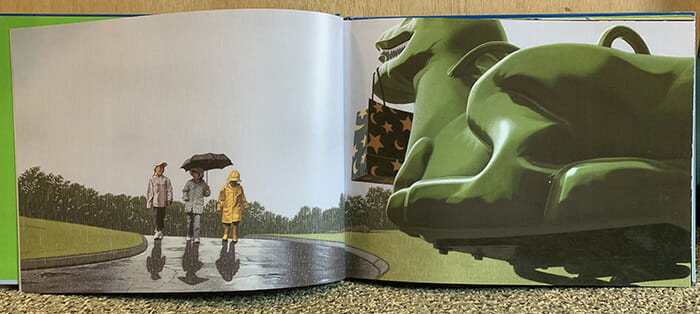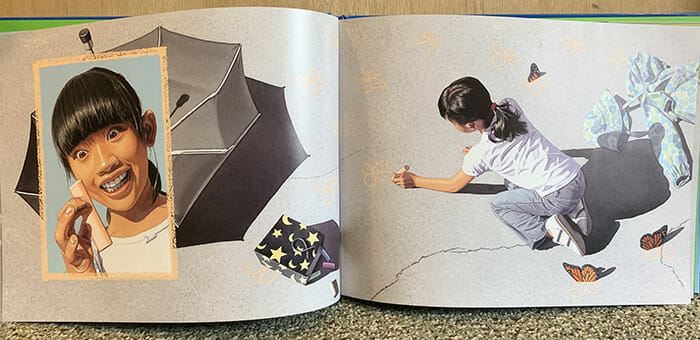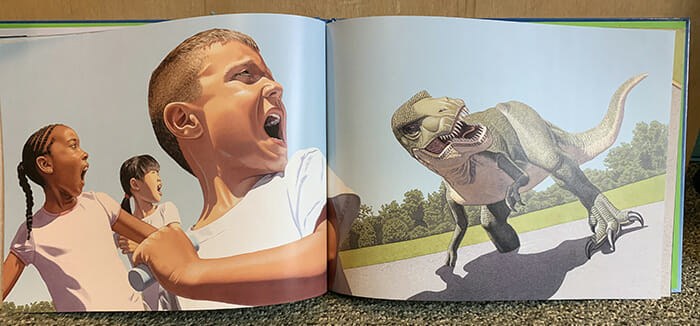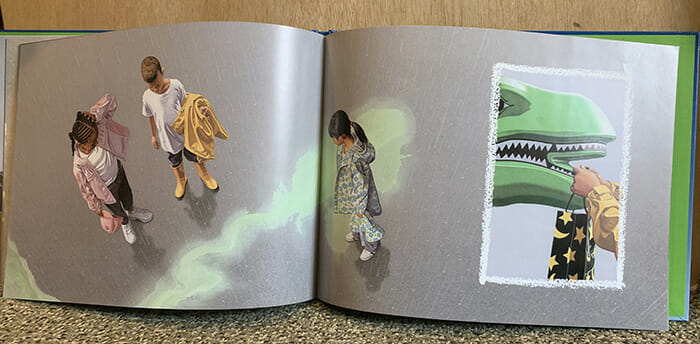Read books to a young child – it’s the easiest and quickest way to get a head start on learning!
When you read books to a young child, it encourages bonding, may calm your child, and promotes communication and longer attention span. Young children who are exposed to reading early often love learning and do well in school later. Books can also help children make sense of new and unfamiliar situations.
“Literacy is perhaps the most important factor contributing to academic and economic success, and also plays an important role in social interactions”
(Spracher, 2000).[3]
Following are five age-appropriate how to’s and tips for reading books to a young child, so they will get the most benefit out of the experience:
5 Tips to Read Books to a Young Child:
- Read face to face with the book next to your face. This allows your child to engage in eye contact, facial expressions, and nonverbal communication, which are important aspects of communication [2]. Your voice serves as a good model for correct production of speech sounds, such as early developing bilabial sounds (“P, B, M, W,” which are made with closure or near closure of lips) [2]. Overemphasize each target sound.
- Talk about print concepts. Print awareness – the understanding that print is organized in a certain way – builds reading comprehension and vocabulary growth. Discuss the front/back cover, spine, title, author, illustrator, pages, letters, words, punctuation, pictures, characters, and etc. [4]. Instruct your child to read left to right and where we begin reading on a page. Discuss the first and last words of a sentence or page. Reinforce print concepts in other environments while viewing menus, signs, maps, calendars, and etc. [4].
- Choose repetitive, rhyming, or wordless books. Repetitive books allow children to participate in reading by completing carrier phrases. Rhyming facilitates word prediction, which is an important pre-literacy skill [2]. Wordless books allow you and your child to describe details together[2].
- Recommendations by Kid’s Creek SLPs: Brown Bear Brown Bear by Bill Martin, Jr., Little Critter series by Mercer Mayer, Elephant and Piggie series by Mo Willems, Dr. Seuss series by Theodor Seuss Geisel, Does a Kangaroo Have a Mother Too? by Eric Carle, Little Blue Truck by Alice Schertle, Chalk by Bill Thomson, Out of the Blue by Alison Jay.
- Check out your local or online library for a vast selection of books!
- Ask open-ended questions. “WH” questions (who, what, where, when, why) reinforce story details. Use open ended prompts: “I wish…” “I think…” “I wonder…” “What do you think?” Inferencing questions reinforce prediction skills based on available evidence and reasoning. If your child gets stuck, provide a description of an appropriate answer[2]. Modeling what your child should have said may lead to them independently generating an appropriate response in the future [2].
- Pause between pages. Allow your child to ask questions, comment, and build onto the story, which establishes joint attention and turn-taking skills. Be responsive and have conversations about your child’s interests. Children are more apt to learn new vocabulary when they are engaged and interested in the topic [1].
Sample questions to ask your child while reading the book Chalk by Bill Thomson:

What’s in the bag?
What can you use when it’s raining to stay dry?
Why is it important to go places in groups?

What is the weather like now? How do you know?
What happens when the chalk is used to draw?

Describe their facial expressions and body language.
How did the dinosaur come to life?

Was the experience real or pretend?
Reading books is the fastest way to encourage learning in your children!
Reading books to a young child builds pre-literacy, literacy, speech, language, and overall communication skills. Make it a point to set aside a little time each day to read with your child.
Elena Freeman, MEd, CCC-SLP
Resources:
- Lowry, L. (n.d.). Promoting Language with Books.
- Sigal, S. (2011). How to Read Books with Children with Language Delay. ASHA Leader Live.
- Spracher, M.M. (2000). Learning About Literacy: SLPs Play Key Role in Reading, Writing. The ASHA Leader 5(8), 1-19.
- Texas Education Agency. (2002). Print Awareness: Guidelines for Instruction.
Image Courtesy Pixabay








